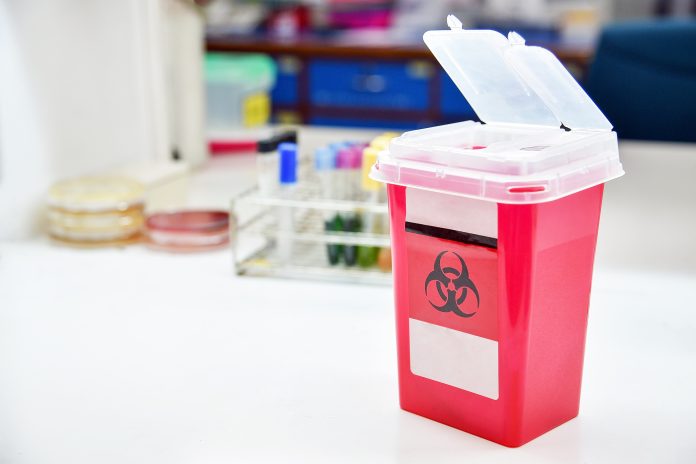
Needlestick injuries are common in medical care facilities. However, they can be reduced extensively with proper sharps disposal procedures on the premise. Sharps-related injuries are serious as they can spread serious diseases like HIV, Hepatitis B, and many more. Hospital staff, patients, visitors to the healthcare premise, and animals can all fall prey to needlestick injuries if there is an absence of proper sharps disposal practices and training on the premise.
The purpose of a sharps disposal container for medical care units
Sharps are not the same as general waste, so you cannot dispose of them in regular trash bins. They need a special sharps disposal container with a secure, tight lid to prevent injuries and potential infections. Hospitals and other healthcare facilities should have a safe and streamlined procedure for sharps disposal so that damages can be reduced extensively.
Partnering with credible companies for safe sharps disposal from healthcare facilities
Hospitals and other healthcare units dealing with sharps must partner with a credible and licensed sharps waste disposal company in the area to protect the community and environment from diseases and infections.
Mount the sharps container at the right height for safety
The ideal installation height for a standing sharps container recommended by NIOSH is 52 to 56 inches from the ground. If a healthcare unit wants to install the standing sharps container at a lower height, it needs to take into consideration the 1998 Guidelines for sharps disposal container height under NIOSH.
The design for sharps disposal containers in the past was different from the ones seen today. The guidelines under NIOSH at that time were based on sharps containers with a top-loading feature. They did not consider containers with a letterbox design with a safety tray that was retractable.
At that time, sharps disposal containers placed at a height that was hard to reach were associated with more significant sharps injuries than low-mounted ones. To ensure both medical staff and child safety, a healthcare professional should be able to see the inside of the aperture of the sharps container to ensure no sharps are misplaced, as they are responsible for sharps-related injuries.
Today, it is common to mount these sharps disposal containers on the wall so that they are close to the source of origin. In 2001, such containers became mandatory under law and fell under the US OSHA Bloodborne Pathogens Regulations, the US OSHA BBP Standard.
Enforcement Guidelines and other legal regulations
The sharps disposal container should be placed in areas where needlesticks are disposed of frequently. It should have a tight lid with a safety feature to prevent injuries and pricks from being disposed of needlesticks. The healthcare professionals handling these containers should be trained in safety guidelines and practices; besides written standards and policies, they should be given hands-on training and display their competency so that they can be trusted when it comes to the safe disposal of sharps from medical care units.
Proper sharps disposal measures are important for safety and the containers should be arranged from credible places.








